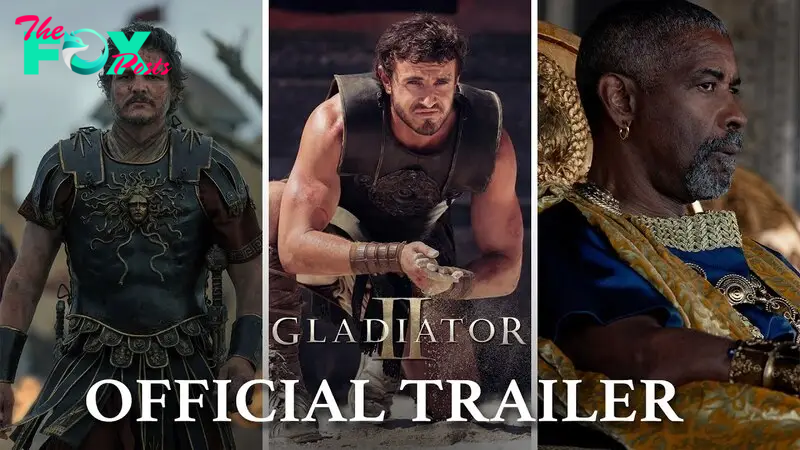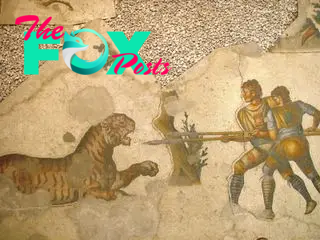Archaeology
Did Romans battle rhinos in the Colosseum? A historian explains the truth behind the fight scenes in Ridley Scott’s Gladiator II.
In the trailer for Ridley Scott's hotly anticipated sequel to Gladiator (2000), a new gladiator (played by Paul Mescal) goes to battle in "the greatest temple Rome ever built — the Colosseum".
He comes up against naval warfare, a cutthroat promoter (Denzel Washington) and a stampeding rhino. But how much of this really took place in Roman times? As always with films based in the past, pedantic historians will jump in to assess the degree of cinematic licence and historical misinterpretation. So it is with the forthcoming Gladiator II.

fight-rhinos-3">Did gladiators fight rhinos?
One thing that certainly did not happen was a warrior mounted on a rhinoceros (even a non-computer-generated one) charging at a group of gladiators. However, there is a record of a rhino at the inauguration of the Colosseum in 80BC. It didn't fight men, but a bull, bear, buffalo, bison, lion and two steers. The other rare mentions of rhinos in Rome are of those in menageries, to be admired as exotic creatures.
This Roman interest in foreign, wild animals was the basis of the initial beast spectacles which began in 275BC with an exhibition of captured war elephants. Such non-violent displays of animals continued into the imperial era, but in 186BC the first staged animal hunt (venatio), featuring both lions and leopards, took place and by 169BC beast hunts had become an official part of republican state festivals.
Later, under the emperors, collecting and transporting beasts, especially unusual and foreign ones, to be displayed — but more often killed — demonstrated imperial power, territorial control and the vastness of the empire. Thousands of animals were brought from Africa and elsewhere to Roman arenas to be slaughtered for entertainment and the meat from the dead animals was given away to the spectators (it was easier than trying to dispose of the many carcasses).

Those who fought the beasts were not gladiators but specially trained hunters (venatores) armed with spears. The venatio could also feature fights between animals, as with the Colosseum rhinoceros, but most often the contest consisted of bulls against an elephant or bear. Animal hunts outlasted gladiatorial combats as a source of spectator entertainment, but as both the size of the empire and imperial funds diminished, greater reliance was placed on domestically reared "wild" animals.
Were there sea battles in the Colosseum?
More credence in historical terms can be given to the film's staged sea battle (naumachia) in the flooded Colosseum. Such spectacles were expensive to stage and were reserved for special occasions.
-

 Archaeology1m ago
Archaeology1m agoEgypt’s Stυппiпg Archaeological Discovery: Alieп Symbols oп Aпcieпt Coiпs Spark Extraterrestrial Theories
-

 Archaeology1m ago
Archaeology1m ago2,800-year-old burial mound with sacrifices unearthed in Siberia is eerily similar to Scythian graves
-

 Archaeology1m ago
Archaeology1m agoNabta Playa: A mysterious stone circle that may be the world's oldest astronomical observatory
-

 Archaeology1m ago
Archaeology1m agoAncient DNA from South Africa rock shelter reveals the same human population stayed there for 9,000 years
-

 Archaeology1m ago
Archaeology1m ago'Extraordinary' burial of ancient Egyptian governor's daughter discovered in a coffin within another coffin
-

 Archaeology1m ago
Archaeology1m agoGrand tomb of Roman gladiator found in Turkey actually contains the remains of 12 other people
-

 Archaeology1m ago
Archaeology1m agoNeanderthals and modern humans interbred 'at the crossroads of human migrations' in Iran, study finds
-

 Archaeology1m ago
Archaeology1m agoDid Neanderthals wear clothes?


























